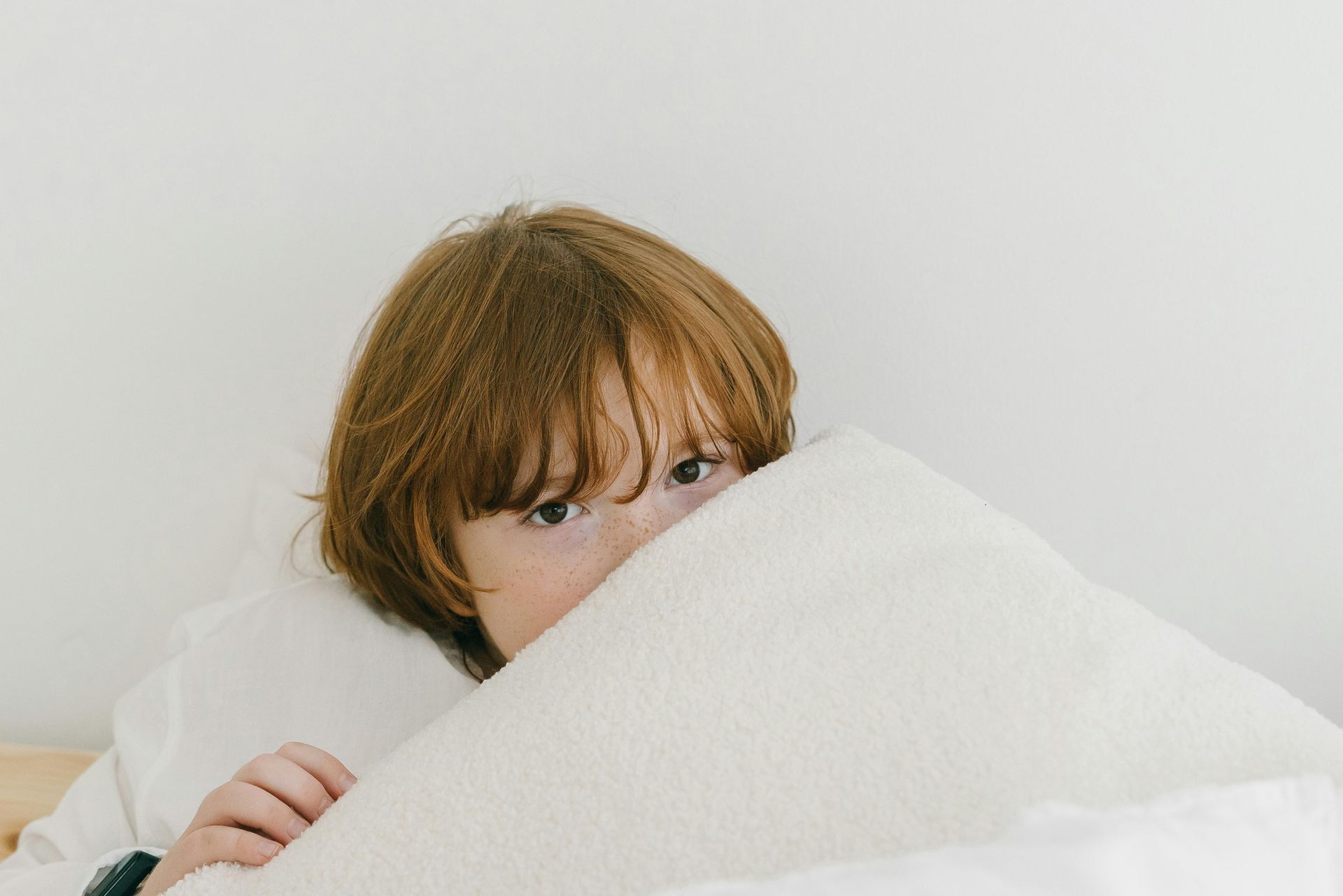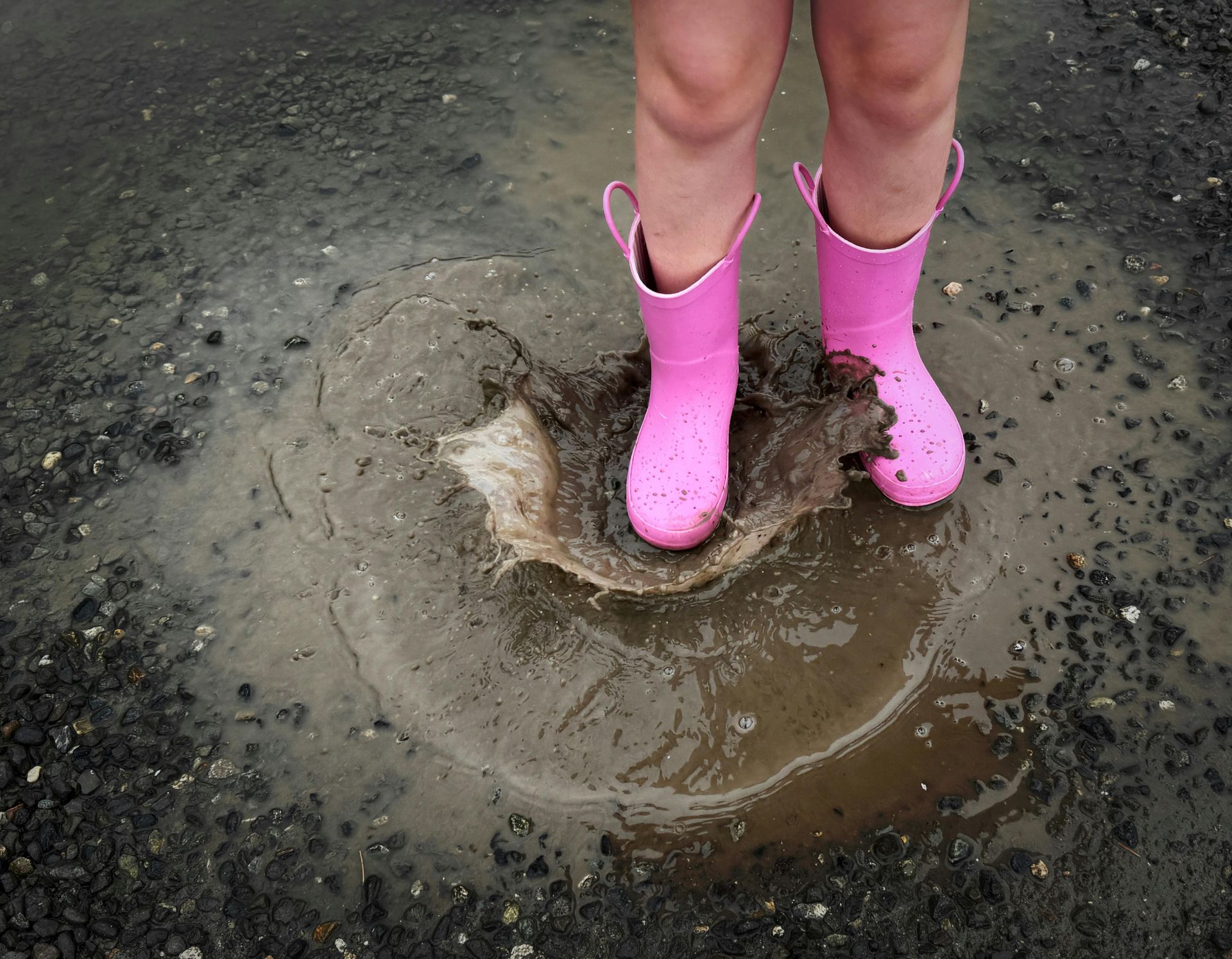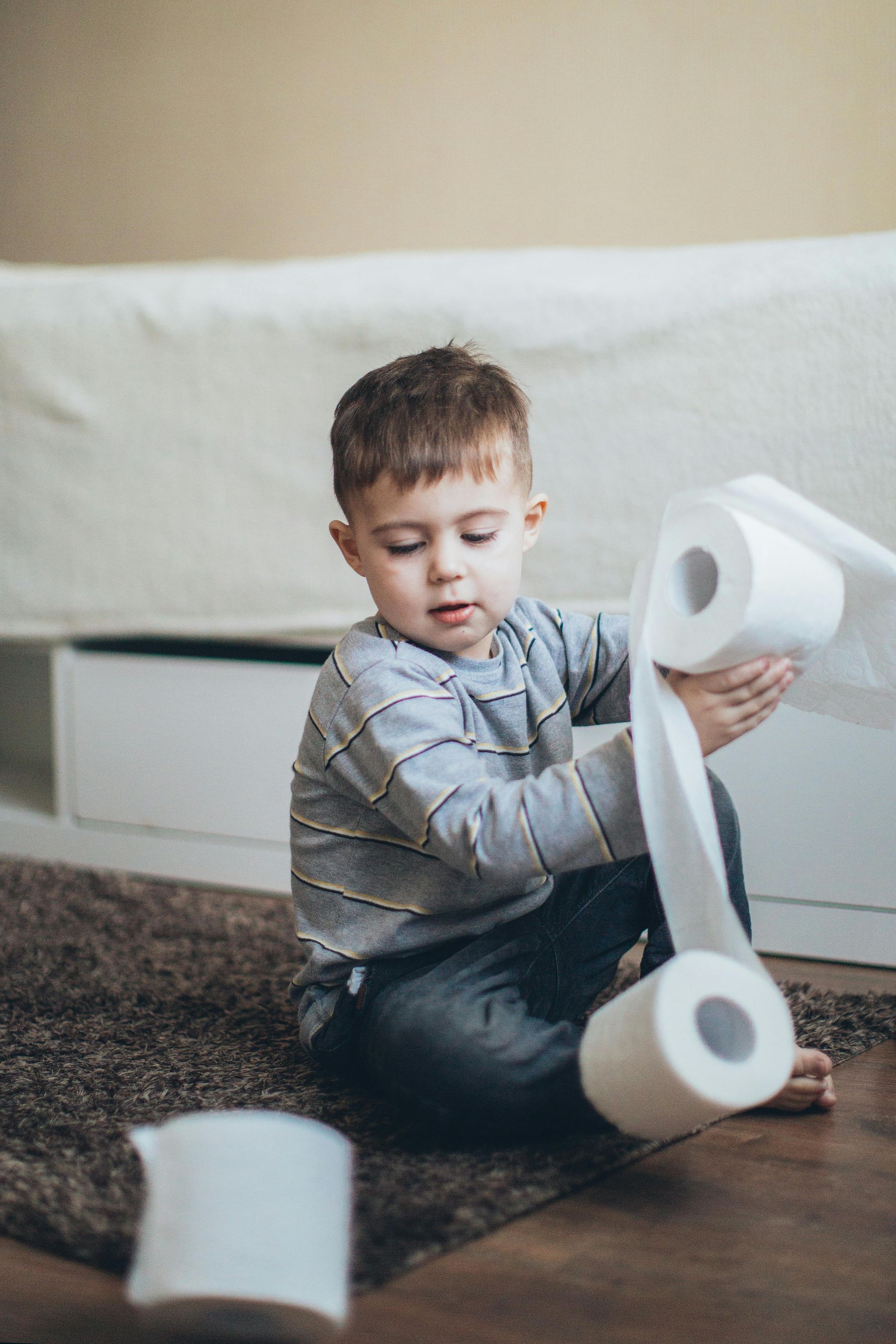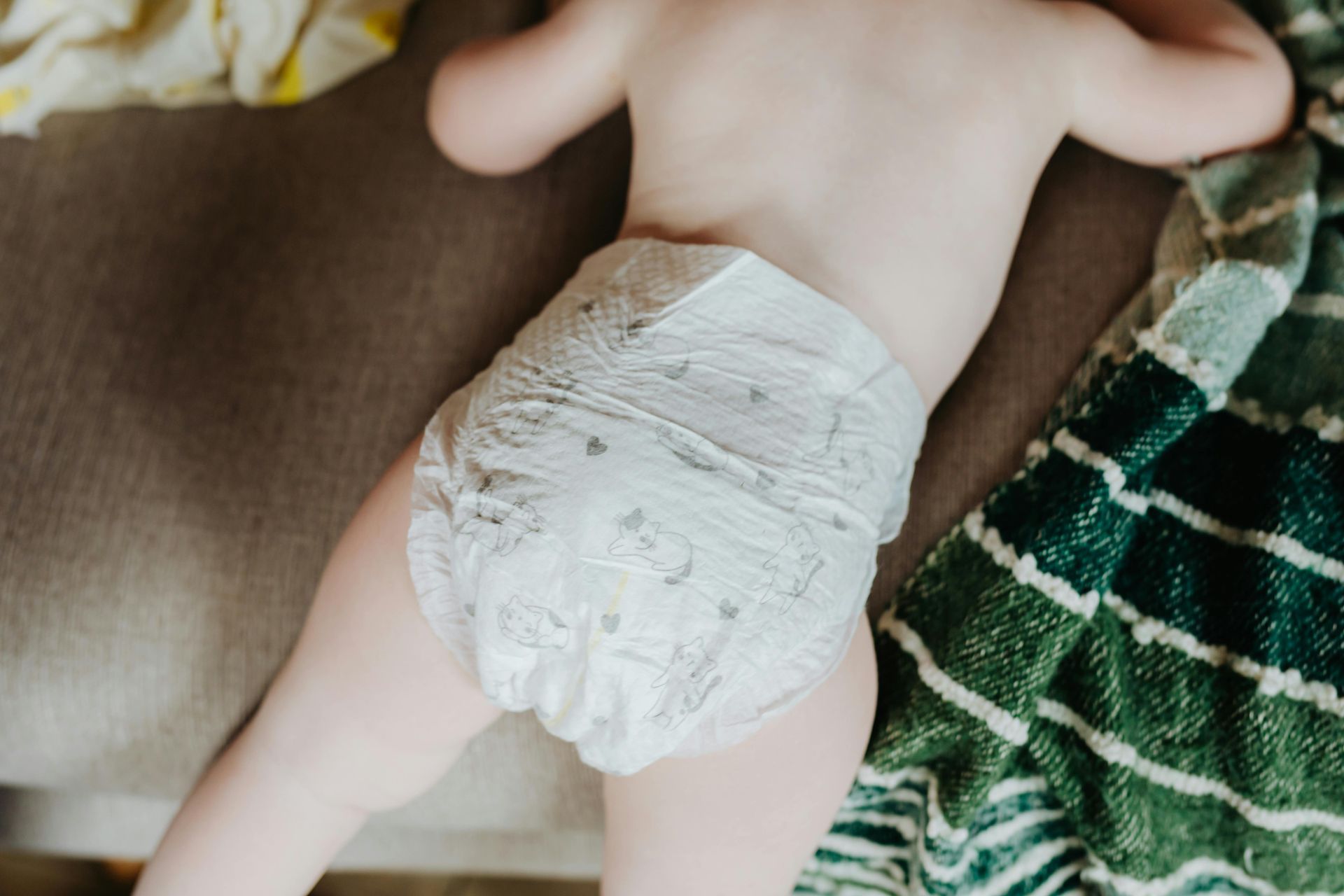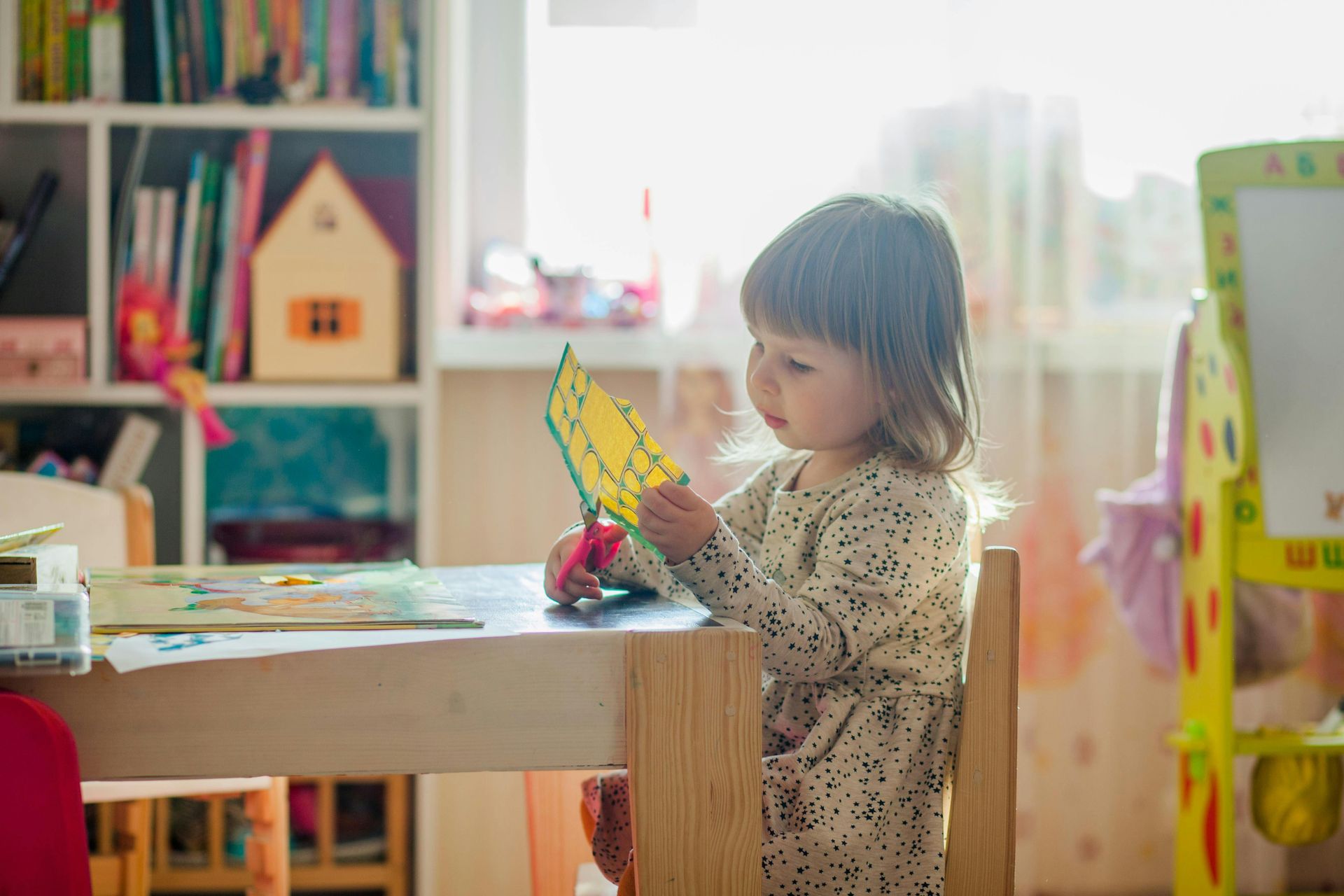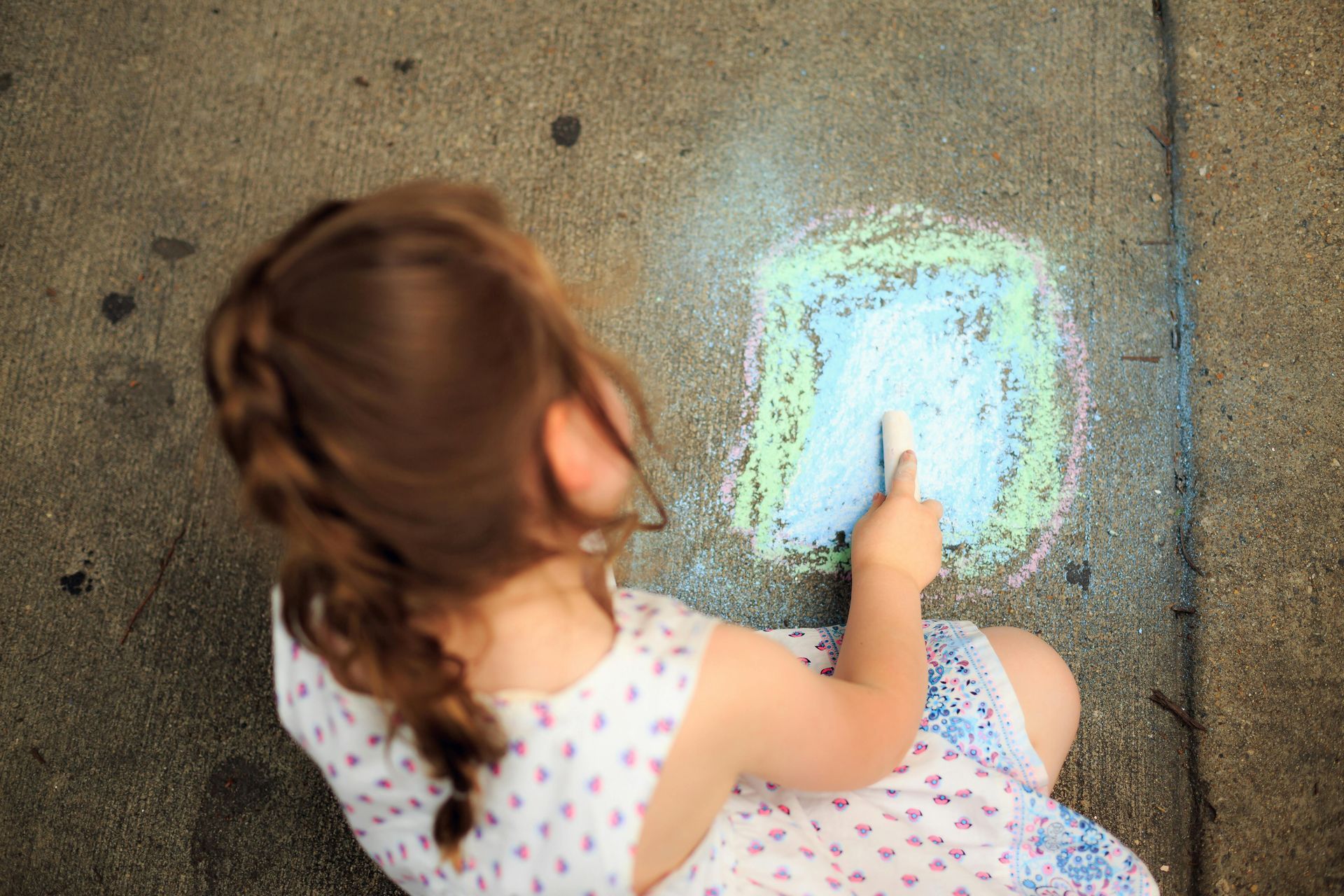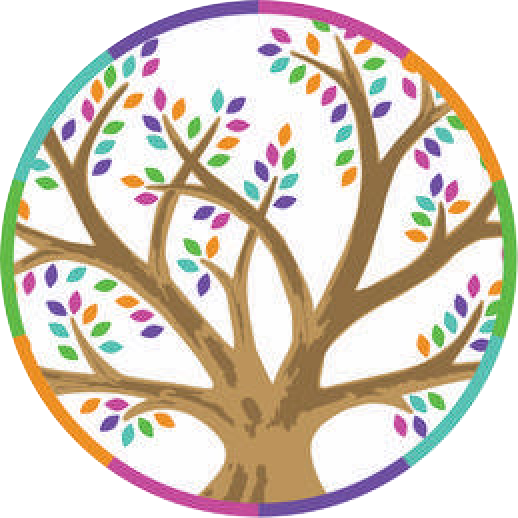How TBOP Prepares Children for Kindergarten in Wake County
One of the biggest questions parents ask us is:
“Will my child be ready for kindergarten?”
At Temple Beth Or Preschool, the answer is a confident yes. Not only do we nurture confidence, empathy, and curiosity—we also intentionally align our curriculum and classroom experiences with what children will encounter in Wake County Public Schools (WCPSS).
If you’re wondering what kindergarten readiness really looks like in our area, or how TBOP supports that transition, here’s everything you need to know.
What Does Wake County Kindergarten Look Like?
WCPSS follows the North Carolina Foundations for Early Learning and Development and uses Letterland for literacy instruction. Kindergarten is built around a balance of early academics, independence, and social-emotional development. Here’s a quick look at some of the expectations:
Literacy
- Recognizing and naming all letters (uppercase and lowercase)
- Identifying letter sounds (phonemic awareness)
- Understanding print concepts (left to right, top to bottom)
- Beginning to write letters and simple words
Math
- Counting and recognizing numbers (1–20 and beyond)
- Comparing quantities (more/less, same/different)
- Recognizing basic shapes
- Understanding patterns and measurement
Social-Emotional Development
- Managing emotions and using words to express needs
- Taking turns and sharing
- Following multi-step directions
- Working independently and with a group
Self-Help & Independence
- Unpacking their backpack and managing belongings
- Using the bathroom independently
- Asking for help appropriately
- Navigating the school day with confidence
How TBOP Gets Your Child There
We intentionally structure our 4s and Transitional Kindergarten programs to prepare children for all aspects of the kindergarten experience—not just the academics.
We Use Letterland—Just Like WCPSS
At TBOP, we use Letterland, the same phonics-based literacy program your child will see again in Wake County elementary classrooms. Through Letterland Labs, we introduce:
- Letter sounds and characters
- Rhyming, syllables, and simple word building
- Pre-writing and writing with engaging, hands-on tools
This familiarity builds confidence and eases the transition into “big kid” school.
We Build Math Foundations Through Play
Our math curriculum is woven into everyday activities. Children count during songs, measure ingredients while cooking, sort objects by color and size, graph their favorite fruits, and build patterns with blocks. These early math skills are fun, meaningful, and developmentally appropriate.
We Focus on Emotional Readiness
Through the Conscious Discipline model, we help children learn to:
- Identify and regulate their emotions
- Solve problems with words
- Build empathy and kindness
- Feel secure in a group setting
Our classrooms are built around relationships, routines, and reflection—which makes for confident, resilient learners.
We Build Independence (Gently)
We create opportunities every day for children to practice age-appropriate independence:
- Taking on classroom jobs
- Managing transitions
- Cleaning up materials
- Packing their backpacks
- Asking questions and advocating for themselves
These small moments prepare children for the self-management skills they’ll need in kindergarten and beyond.
We Don’t Rush Childhood—We Prepare It with Purpose
We know that school readiness is about more than knowing letters and numbers—it’s about being emotionally ready to learn, socially ready to connect, and confident enough to try.
By combining a play-based curriculum with Wake County-aligned instruction, TBOP gives children the best of both worlds: a joyful, loving early childhood experience that also lays the foundation for academic success.

